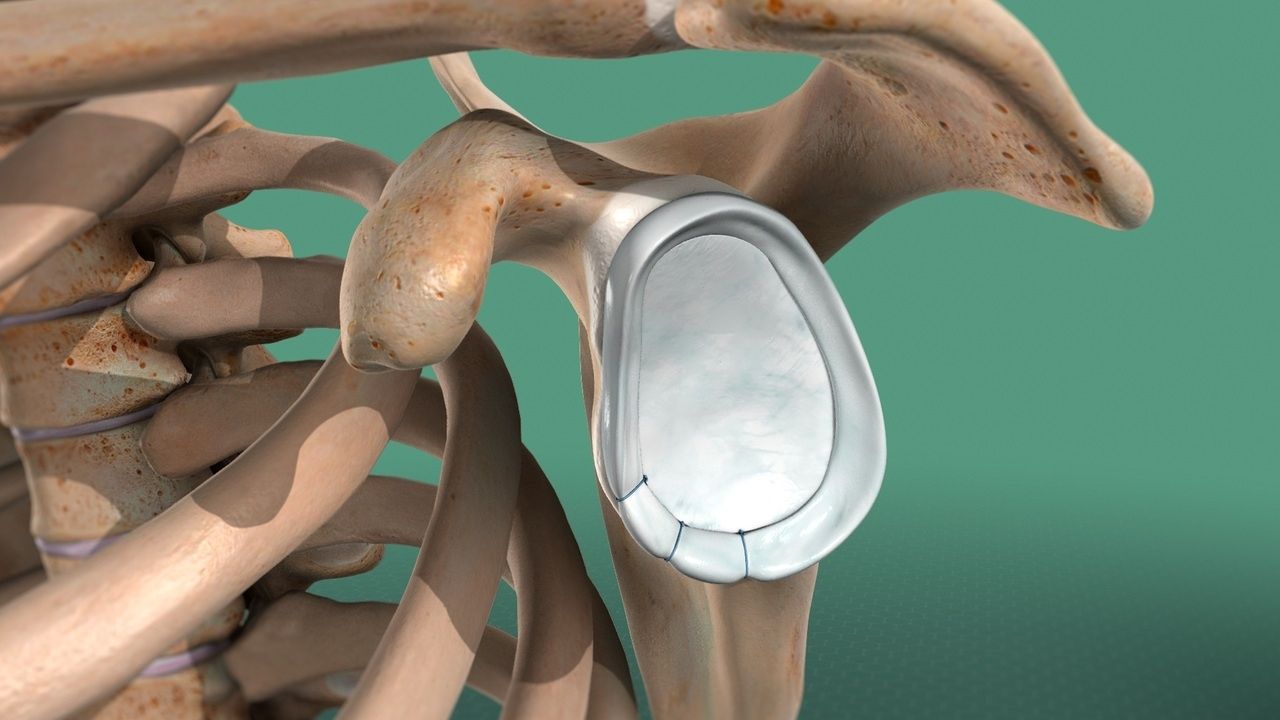
What is a Bankart Fracture? A Bankart Fracture is a specific injury to the shoulder joint, often linked to dislocations. This fracture involves a break in the glenoid labrum, a crucial part of the shoulder socket. When the shoulder dislocates, the labrum can tear, and in some cases, a piece of bone breaks off with it. This injury is common among athletes, especially those in contact sports like football or rugby. Symptoms include pain, instability, and limited range of motion. Treatment may involve physical therapy or surgery, depending on severity. Understanding this injury helps in recognizing symptoms early and seeking appropriate care.
Key Takeaways:
- Bankart Fracture is a shoulder injury often seen in young athletes. It causes pain, swelling, and limited movement, and may require surgery for proper healing.
- Symptoms of Bankart Fracture include intense shoulder pain, visible deformity, and difficulty moving the arm. Early recognition can lead to prompt treatment and better outcomes.
What is a Bankart Fracture?
A Bankart fracture involves a specific injury to the shoulder joint. It typically occurs when the shoulder dislocates, causing a piece of the bone to break off. This injury often affects athletes and active individuals.
- Named after British orthopedic surgeon Arthur Bankart.
- Commonly associated with anterior shoulder dislocations.
- Often involves the glenoid labrum, a ring of cartilage in the shoulder.
- Can lead to chronic shoulder instability if untreated.
- Frequently occurs in contact sports like football and rugby.
- More prevalent in younger individuals, especially those under 30.
- Can be diagnosed through imaging techniques like X-rays and MRIs.
- Symptoms include pain, swelling, and limited shoulder movement.
- May require surgical intervention for proper healing.
- Rehabilitation involves physical therapy to restore shoulder function.
Causes of Bankart Fracture
Understanding the causes can help in prevention and early diagnosis. Various factors contribute to this type of injury.
- Direct trauma to the shoulder, such as a fall or collision.
- Repetitive overhead motions, common in sports like swimming and tennis.
- Previous shoulder dislocations increase the risk.
- Genetic predisposition to joint instability.
- Poor muscle strength and coordination around the shoulder joint.
- Sudden, forceful movements or impacts.
- Improper technique in weightlifting or other physical activities.
- Accidents involving high-speed impacts, like car crashes.
- Weakness in the rotator cuff muscles.
- Participation in extreme sports like snowboarding or skateboarding.
Symptoms of a Bankart Fracture
Recognizing the symptoms early can lead to prompt treatment and better outcomes. Here are some common signs to watch for.
- Intense shoulder pain immediately after injury.
- Visible deformity or abnormal shoulder contour.
- Swelling and bruising around the shoulder.
- Difficulty moving the arm or shoulder.
- A feeling of the shoulder "slipping" out of place.
- Numbness or tingling in the arm or hand.
- Muscle weakness in the affected shoulder.
- Limited range of motion.
- Clicking or popping sounds when moving the shoulder.
- Persistent discomfort even at rest.
Diagnosis of Bankart Fracture
Accurate diagnosis is crucial for effective treatment. Medical professionals use various methods to identify this injury.
- Physical examination to assess shoulder stability and range of motion.
- Patient history to understand the mechanism of injury.
- X-rays to visualize bone fractures.
- MRI scans to evaluate soft tissue damage.
- CT scans for detailed images of bone structures.
- Arthroscopy, a minimally invasive procedure to inspect the joint.
- Stress tests to assess shoulder stability.
- Comparison with the uninjured shoulder for abnormalities.
- Evaluation of muscle strength around the shoulder.
- Consultation with orthopedic specialists for a comprehensive assessment.
Treatment Options for Bankart Fracture
Treatment varies based on the severity of the injury. Options range from conservative management to surgical intervention.
- Rest and immobilization using a sling or brace.
- Ice therapy to reduce swelling and pain.
- Nonsteroidal anti-inflammatory drugs (NSAIDs) for pain relief.
- Physical therapy to restore strength and mobility.
- Surgical repair for severe fractures or recurrent dislocations.
- Arthroscopic surgery for minimally invasive treatment.
- Open surgery for complex cases.
- Post-surgical rehabilitation to ensure proper healing.
- Activity modification to prevent re-injury.
- Regular follow-up appointments to monitor progress.
Final Thoughts on Bankart Fracture
Understanding a Bankart fracture is crucial for anyone dealing with shoulder injuries. This specific injury involves a tear of the labrum and often occurs with shoulder dislocations. Knowing the symptoms, like pain and instability, can help in seeking timely medical attention. Treatment options range from physical therapy to surgery, depending on the severity. Recovery can be a long process, requiring patience and dedication to rehabilitation exercises. Staying informed about the condition and following your doctor's advice can make a significant difference in your recovery journey. Remember, early diagnosis and proper treatment are key to regaining full shoulder function. Stay proactive about your health, and don't hesitate to consult a healthcare professional if you suspect a Bankart fracture.
Frequently Asked Questions
Was this page helpful?
Our commitment to delivering trustworthy and engaging content is at the heart of what we do. Each fact on our site is contributed by real users like you, bringing a wealth of diverse insights and information. To ensure the highest standards of accuracy and reliability, our dedicated editors meticulously review each submission. This process guarantees that the facts we share are not only fascinating but also credible. Trust in our commitment to quality and authenticity as you explore and learn with us.
